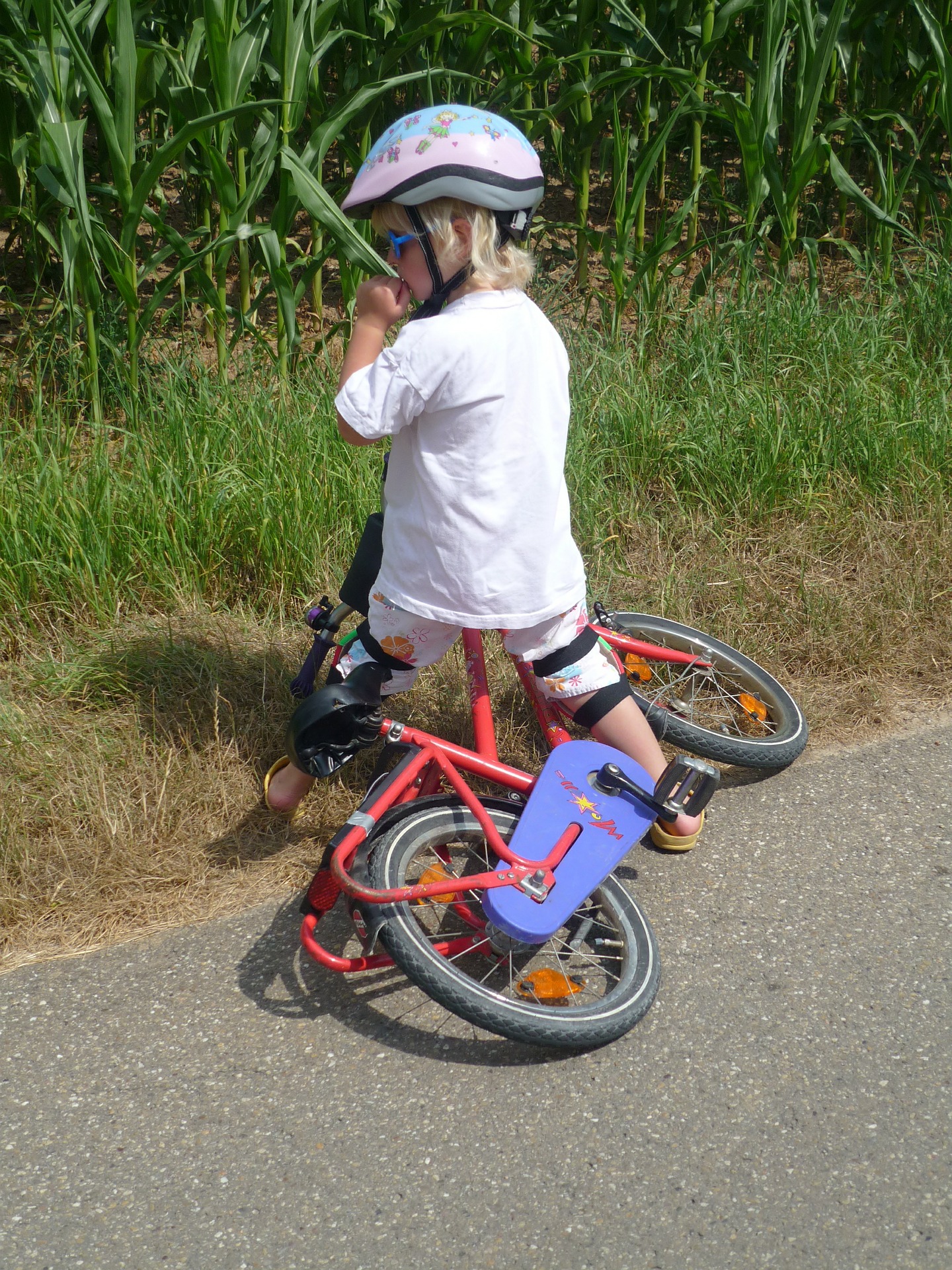
How many times have you failed? Sometimes we have a skewed view of this either because we’re listening to others (and allowing them into our heads,) or we have high standards for ourselves (that might be a bit unrealistic.)
But is all failure bad?
What can we learn from the experience?
The number one thing is resilience. But what is that? The American Psychological Association defines it as, “the process of adapting well in the face of adversity, trauma, tragedy, threats or significant sources of stress — such as family and relationship problems, serious health problems or workplace and financial stressors. It means “bouncing back” from difficult experiences” (APA, 2018).
It’s not the same as persistence.
But what if we’re not all that great at “bouncing back?” What if you really suck at it? Here’s the upside …
Resilience, aka grit, has been studied for at least twenty years and there are several actions we can take to make ourselves stronger.
Here are a few of the high points:
- Build healthy relationships
- Accept that change is gonna happen
- Keep an eye on your prize (goals)
- Take care of you, boo.
- Be decisive and ACT.
Check out the reference section for a link to a more detailed list from the APA. Seriously, they know their stuff. And if you’re interested in how to apply it to children/teens, also check out the information from Harvard.
Bottom line? We all can become more resilient, gritty people with a little deliberate practice.
References:
American Psychological Association (2018). The road to resilience. Retrieved from https://www.apa.org/helpcenter/road-resilience.aspx
Center on the Developing Child (2018). Supportive relationships and active skill-building strengthen the foundations of resilience. Retrieved from https://developingchild.harvard.edu/resources/supportive-relationships-and-active-skill-building-strengthen-the-foundations-of-resilience/

